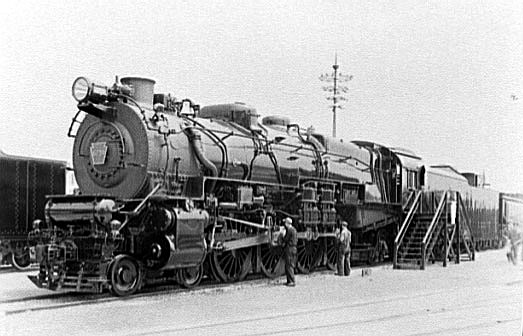

JeffPo's Casey Pennsylvania Railroad Lantern Page
Last update: 05/17/20


This lantern was used by the Pennsylvania Railroad. The brim of the top is marked with P.R.R.

This lantern is made by the Keystone Lantern Company and is the Casey model. Casey lanterns have a unique burner which you'll see below.

The clear globe indicates that it was used for general rail yard hand signals. The globe is cast with an intertwining PRR within a keystone shape, which is the logo of the Pennsylvania Railroad. That is not a crack to the left of the logo, but rather a swirl mark from when the globe was made/cast.

The wick of most lantern burners are adjusted up and down by a little knob attached directly to and beside of the wick. The Casey lantern is unique in that the wick height is adjusted by turning a larger knob on the bottom of the lantern. This large knob is actually part of the fuel fount.

When the knob on the bottom is rotated, it actually turns the burner and wick assembly. The little knob (which is what you'd turn in a normal lantern to adjust the wick height) that is attached to the wick adjuster is actually a toothed gear, set into indentions around the top of the burner assembly. As the burner is rotated, the little gear travels around the rim, turning, and thus adjusting the height of the wick.
Pennsylvania Railroad

Pennsylvania Railroad M1a locomotive on display at the 1939 New York World's Fair.
The Pennsylvania Railroad Company was chartered in 1846 and had completed a track to Chicago by 1856. By the end of the 19th century, the Pennsylvania Railroad Company had expanded to St. Louis, Missouri, and Cincinnati, Ohio, in the west and to New York City, Washington, D.C., and Norfolk, Virginia, in the south and east, ultimately becoming a 10,000-mile system. Although it had prospered in the early part of the 20th century, by the 1950's it was losing considerable money annually. In 1968 the Pennsylvania Railroad merged with the New York Central Railroad and created Penn Central Transportation Company, which later absorbed the New York, New Haven and Hartford Railroad Company. The company's holdings have since been split among Conrail and Amtrak.